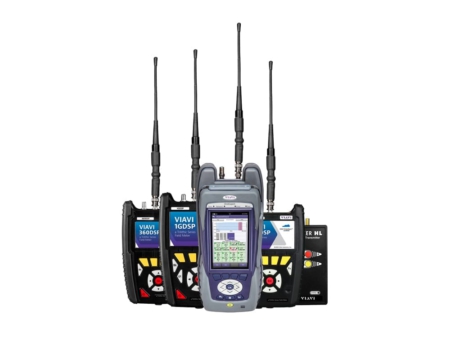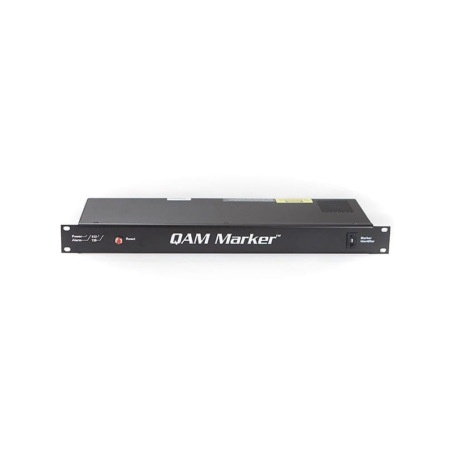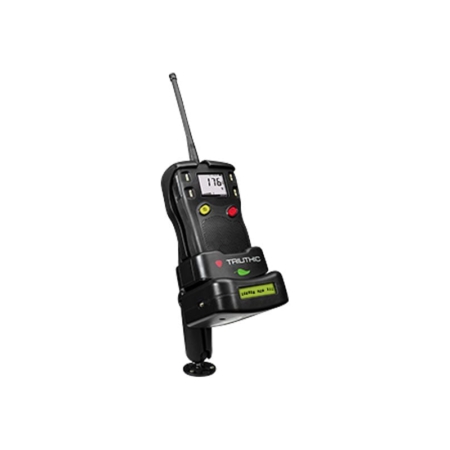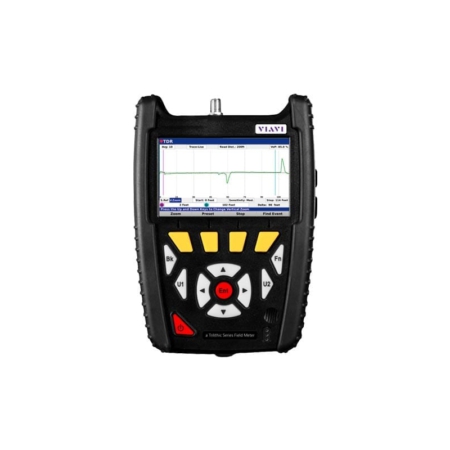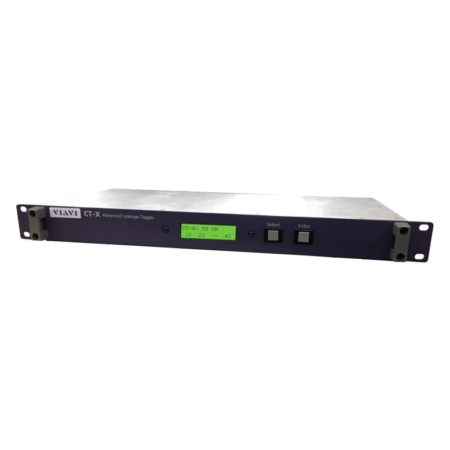Description
This simple, efficient solution helps techs tighten up the home coaxial network to help eliminate intermittent issues related to leakage and ingress without requiring a specific leakage meter.
Ingress has long been a performance impediment for HFC high speed data services, and cable companies have intensified their efforts to combat this problem. Most of this ingress begins in the home, making detection while the tech is present for installation or service call critical. VIAVI is offering a simple solution that saves techs time and enables them to tighten the home coaxial network to avoid repeat service calls.
Historically, signal leakage detectors have required high levels of sensitivity to measure signal leakage radiating from the CATV system. In the home coaxial network signal levels are lower than outside plant levels, and the migration to all digital services means even greater sensitivity is needed in a leak detector. When this is combined with a new requirement to simultaneously monitor for signal leakage in both the aeronautical and LTE bands detection becomes especially challenging.
In laboratory experiments, leaks as low as 0.1 uV/m have proven sufficient to allow LTE signals to enter the subscriber network and disrupt cable services. A 0.1 μV/m measurement sensitivity is beyond the measurement range of conventional signal leakage detectors and requires a new approach to leakage detection within the subscriber premises.
Techs can nip this problem in the bud using the hand-held, battery-operated Seeker HL signal transmitter and their Trilithic DSP or VIAVI ONX meter. The transmitter is connected at the ground block or the tap and injects two 60 or 40 dBmV signals (aeronautical and LTE bands) which can be detected with a leakage option equipped Trilithic DSP or VIAVI OneExpert CATV meter. The Seeker HL In-Home Signal Source injects two high output test carriers at the tap or ground block in the place of cable signals, and “pressurizes” the home network, revealing any damage or craftsmanship issues that may lead to service interruption from LTE carrier or other ambient RF signal ingress. The signal source has two output levels. +60 dBmV for home certification, or +40 dBmV for use when the subscriber network is too porous to pinpoint the leak location at the higher transmit level. A leaking signal can be detected with a properly optioned DSP or ONX field analyzer, or a Seeker HL leakage meter.
To simplify troubleshooting, the meter emits a tone that varies in pitch with the received field strength. The stronger the signal, the higher the tone pitch. At the same time, a bar graph on the meter shows the signal increasing or decreasing with received field strength. The tech can then fix a loose connection, bad connector or component, or replace a cable, instead of rewiring the entire home.
Benefits:
- Testing at two frequencies maximizes potential to detect leak/ingress location
- Simplifies the process of locating the exact source of leakage/ingress in the home network
- An affordable and highly-efficient solution
Applications:
- Find points of potential ingress, even when ambient ingress source is currently not present
- Find leaks that may interfere with other on-air services within the home
Key Features:
- Dual-band leakage receiver for both aeronautical and LTE frequencies
- Audible tone increases proportionally in pitch as technician moves closer to leak source
- Works with option equipped installation and service meter (DSP or ONX)

